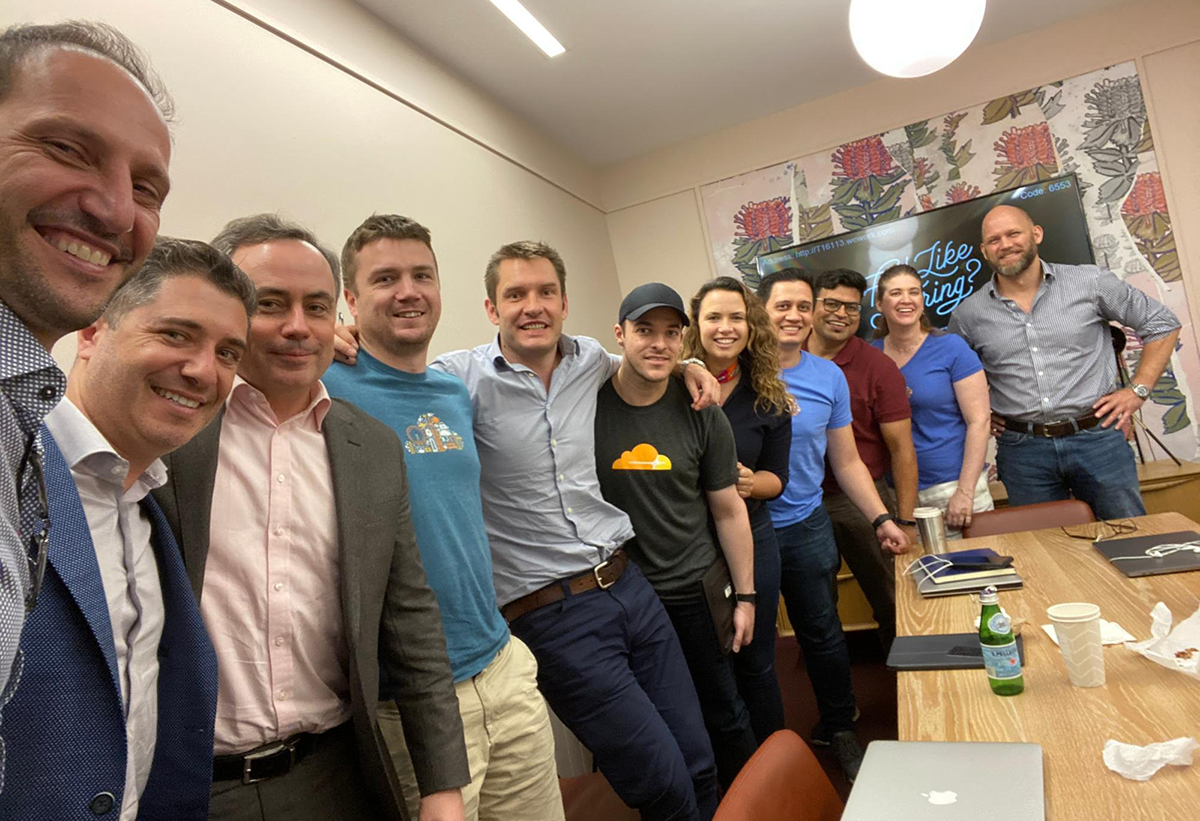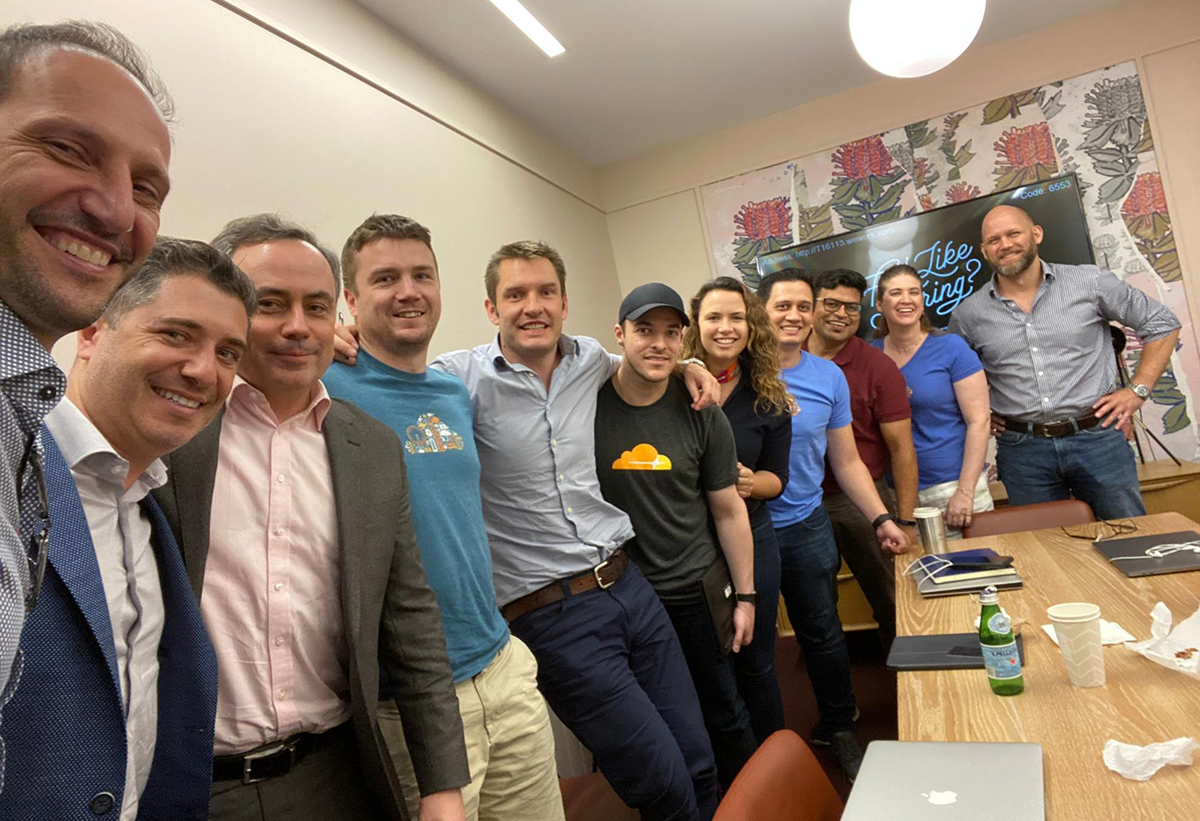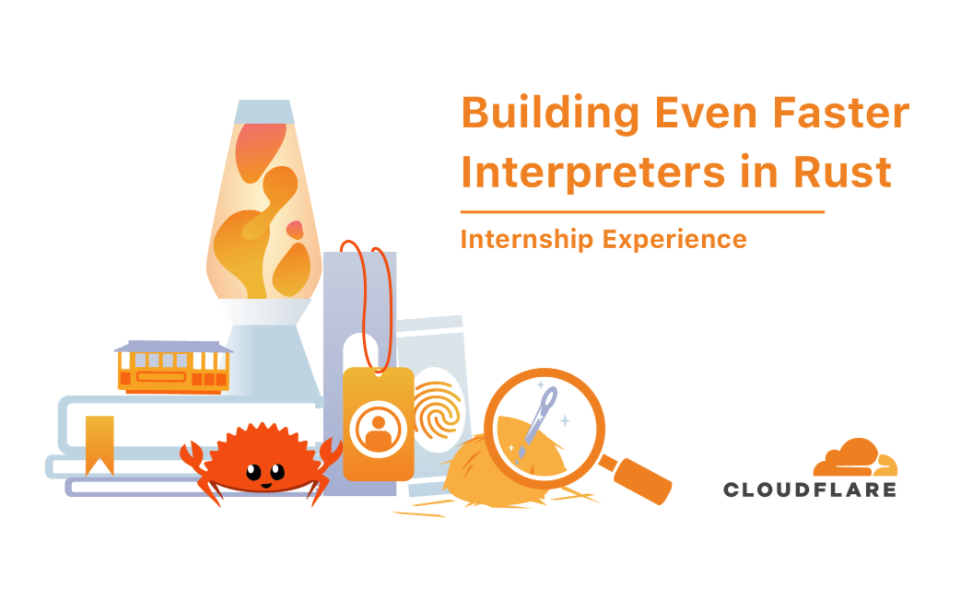Heavy Networking 541: An Update On Free Range Routing
Today's Heavy Networking jumps into the Free Range Routing (FRR) project, including features of the latest release, what's on the roadmap, and use cases and platform support. Our guest is Donald Sharp, a longtime FRR contributor and Principle Engineer at NVIDIA.
The post Heavy Networking 541: An Update On Free Range Routing appeared first on Packet Pushers.
Heavy Networking 541: An Update On Free Range Routing
Today's Heavy Networking jumps into the Free Range Routing (FRR) project, including features of the latest release, what's on the roadmap, and use cases and platform support. Our guest is Donald Sharp, a longtime FRR contributor and Principle Engineer at NVIDIA.A scrounger, scumbag and admitted thief get 140MM in VC funding
 The CEO of Bolt seems to be a piece of work
The CEO of Bolt seems to be a piece of work
The Smörgåsbord
No plan, no script, no net. In this episode Tony and Jordan give a peek behind the curtains on what has been going on with them both personally and professionally. This episode has a bit of everything. Personal struggles, new hobbies, work news, and a Defcon capture the flag story. This is the Smörgåsbord.
 |
Network Collective thanks NVIDIA for sponsoring today’s episode. NVIDIA is positioned as the leader in open networking and provides end-to-end solutions at all layers of the software and hardware stack. You can experience NVIDIA Cumulus in the Cloud for free! Head on over to:
https://cumulusnetworks.com/ncpod |
Outro Music:
Danger Storm Kevin MacLeod (incompetech.com)
Licensed under Creative Commons: By Attribution 3.0 License
http://creativecommons.org/licenses/by/3.0/
The post The Smörgåsbord appeared first on Network Collective.
Video: Bridging, Routing, Switching
If you’re working solely with IP-based networks, you’re probably quick to assume that hop-by-hop destination-only forwarding is the only packet forwarding paradigm that makes sense. Not true, even today’s networks use a variety of forwarding mechanisms, most of them called some variant of routing or switching.
What exactly is the difference between the two, and what is bridging? I’m answering these questions (and a few others like what’s the difference between data-, control- and management planes) in the Bridging, Routing and Switching Terminology video.
Scaling the Root of the DNS
The DNS is a remarkably simple system. You send it queries and you get back answers. Simple. However, the DNS is simple in the same way that Chess or Go are simple. They are all constrained environments governed by a small set of rigid rules, but they all possess astonishing complexity.Go Learning Resources
A record of the resources that I have used to learn Golang.A Year Later: Reflections on the ANZ Security Landscape


It’s been one year since I joined Cloudflare as Head of Australia and New Zealand. While it has been a great year for our ANZ operations, it is hard to stop thinking about the elephant in the room, especially as I’m writing this blog from my home in the middle of Melbourne’s lockdown.
The pandemic has not only disrupted our daily lives, but has also caused a massive shift to remote work for many of us. As a result, security teams lost visibility into office network traffic, their employees moved to unsupervised WiFi networks with new video conferencing technology, and their IT teams found that their out-dated VPN platforms could not handle all the traffic of remote employees. While many organisations were already moving to cloud-based applications, this year has exacerbated the need for greater security posture. Our team has been even more humbled by our mission to help build a better Internet and help organisations face the increased security threats COVID-19 has triggered. With that in mind, I’d like to take a look back at the milestones of the past year.
First, I’d like to recognise how strong and resilient our people have been in the past year. It Continue reading
Challenge Labs added to NVIDIA Cumulus in the Cloud
There are many aspects to developing the skills to be an effective network engineer and this skill set falls into a few different categories. Logically the first step to conquer is understanding the various networking technologies and protocols. This requires a more traditional form of learning— studying protocols through specs or RFCs, reading whitepapers etc. The next step is implementing this knowledge through configuring network devices. Learning this skill is more like trying to learn a different language. The BGP protocol itself adheres to a set of standards, but each network device might present the configuration of BGP in a different way. The final, and possibly most difficult skill to acquire is a combination of the first two: troubleshooting.
Effectively troubleshooting requires not just a solid foundational knowledge about the technology and how it works, but also the need to understand how to configure and validate that configuration on the network devices. The foundational knowledge permeates through the various implementations regardless of vendor, but configuration and validation vary drastically from one to the next. This leads to perhaps the most difficult aspect of troubleshooting. It’s not just enough to understand how a technology works, but you must also understand a Continue reading
VMware Transit Connect – Simplifying Networking for VMC
The release of VMware Cloud on AWS (VMC) 1.12 brings a number of exciting new capabilities to the managed service offering. A comprehensive list can be reviewed in the release notes. A key feature that is now Generally Available (GA) in all VMC commercial regions worldwide is VMware Transit ConnectTM. VMware Transit Connect enables customers to build high-speed, resilient connections between their VMware Cloud on AWS Software Defined Data Centers (SDDCs) and other resources. This capability is enabled by a feature called SDDC Groups that helps customers to logically organize SDDCs together to simplify management.
The SDDC Group construct empowers customers to quickly and easily define a collection of SDDCs, Virtual Private Clouds (VPCs) or on-premises connectivity that need to interconnect. Additionally, the SDDC Group construct provides value inside the individual SDDCs by simplifying security policy as will be shown later in this post. Behind the simplification that SDDC Groups provide is the instantiation of an VMware Managed AWS Transit Gateway, a VTGW. The VTGW is a managed service from VMware and provides the underlying connectivity between the different resources.
The initial Transit Connect service provides three primary connectivity models:
- SDDC to SDDC
- SDDC to Native AWS VPC
- Continue reading
Building even faster interpreters in Rust


At Cloudflare, we’re constantly working on improving the performance of our edge — and that was exactly what my internship this summer entailed. I’m excited to share some improvements we’ve made to our popular Firewall Rules product over the past few months.
Firewall Rules lets customers filter the traffic hitting their site. It’s built using our engine, Wirefilter, which takes powerful boolean expressions written by customers and matches incoming requests against them. Customers can then choose how to respond to traffic which matches these rules. We will discuss some in-depth optimizations we have recently made to Wirefilter, so you may wish to get familiar with how it works if you haven’t already.
Minimizing CPU usage
As a new member of the Firewall team, I quickly learned that performance is important — even in our security products. We look for opportunities to make our customers’ Internet properties faster where it’s safe to do so, maximizing both security and performance.
Our engine is already heavily used, powering all of Firewall Rules. But we have bigger plans. More and more products like our Web Application Firewall (WAF) will be running behind our Wirefilter-based engine, and it will become responsible for eating up a Continue reading
When Machine Learning in Networking Might Make Sense
In March I explained why it’s unrealistic to expect to use machine learning to solve unknown problems in today’s snowflake networks… but are there other problems that could be solved?
Here’s an idea Paul Greenberg pointed me to: machine learning on public DNS data. Let’s see whether it might make sense: